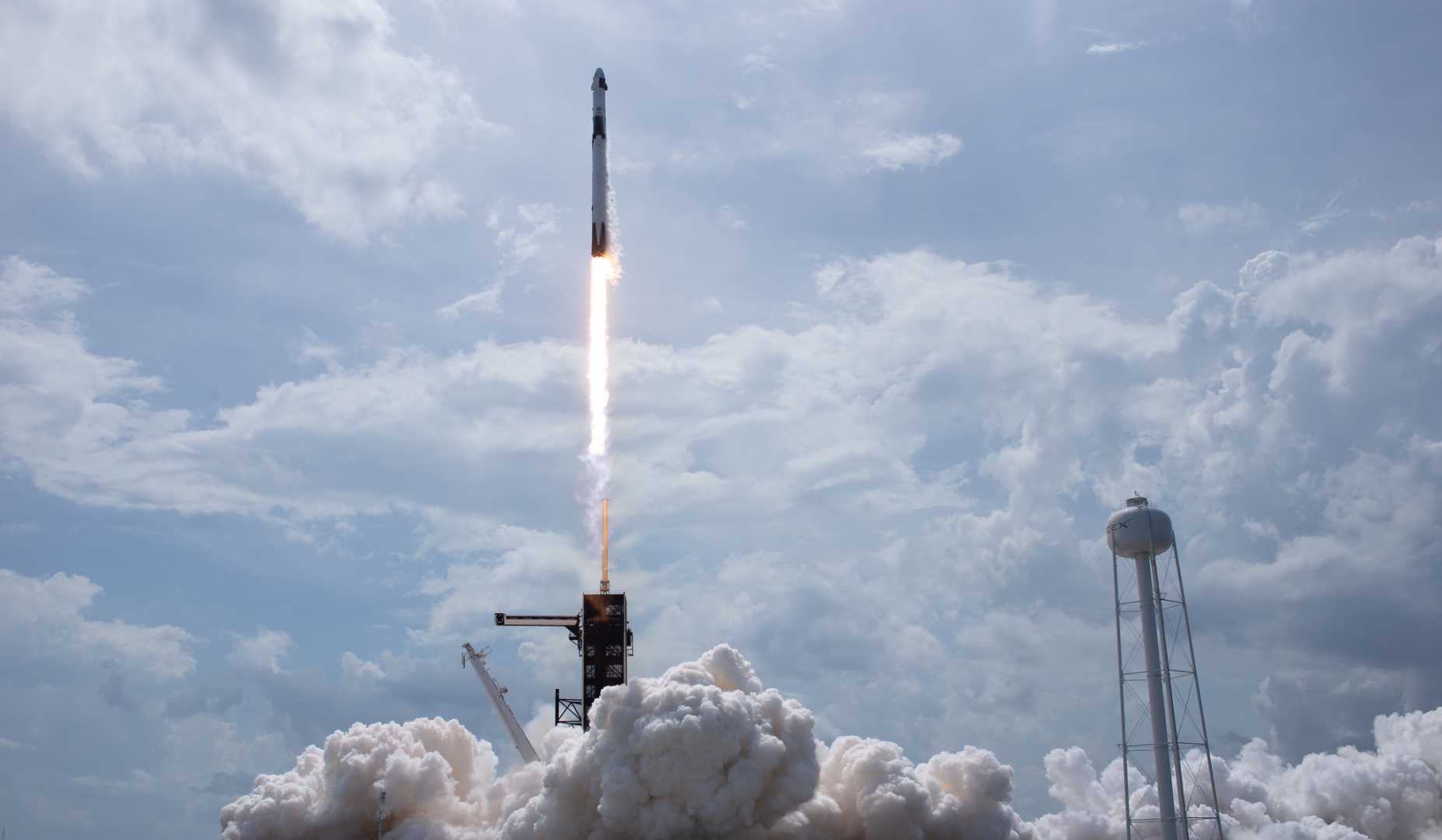News
SpaceX Dragon Cargo Mission Set for Launch to ISS on August 24

Cape Canaveral, Florida — NASA and SpaceX are scheduled to launch the 33rd commercial resupply mission to the International Space Station (ISS) at 2:45 a.m. EDT on Sunday, August 24, 2025. The mission will carry over 5,000 pounds of supplies, science investigations, and equipment aboard a SpaceX Dragon spacecraft, launched by a Falcon 9 rocket from Space Launch Complex 40.
The Dragon spacecraft is set to autonomously dock with the ISS at around 7:30 a.m. EDT on Monday, August 25. This mission not only provides essential supplies to the crew but also includes significant scientific experiments aimed at further understanding bone loss prevention and testing methods for treating nerve damage.
“The launch will support over 50 different scientific studies and investigations, which may benefit future space missions and also improve health outcomes for people on Earth,” said Heidi Parris, the associate program scientist for NASA’s ISS Program Research Office.
In addition to routine supplies, this mission features a newly developed reboost kit designed to assist the ISS in maintaining its orbit by firing its thrusters periodically. Bill Spetch, operations integration manager for NASA’s ISS Program, noted, “This capability will help alleviate some of the workload previously managed by Russian Progress vehicles and ISS thrusters.”
NASA’s coverage of the launch will begin at 2:25 a.m. on August 24, with additional coverage for the Dragon’s arrival at 6 a.m. on August 25. The spacecraft is expected to remain docked at the ISS for approximately four months before returning to Earth in December 2025, bringing research and experiment samples back in a splashdown in the Pacific Ocean.
As part of its cargo, Dragon will deliver specialized food items, including 1,500 tortillas, required for space missions due to their lower crumb production compared to other types of bread. The total payload will also include 2,405 pounds of crew supplies and various scientific materials intended for experimentation in microgravity.












